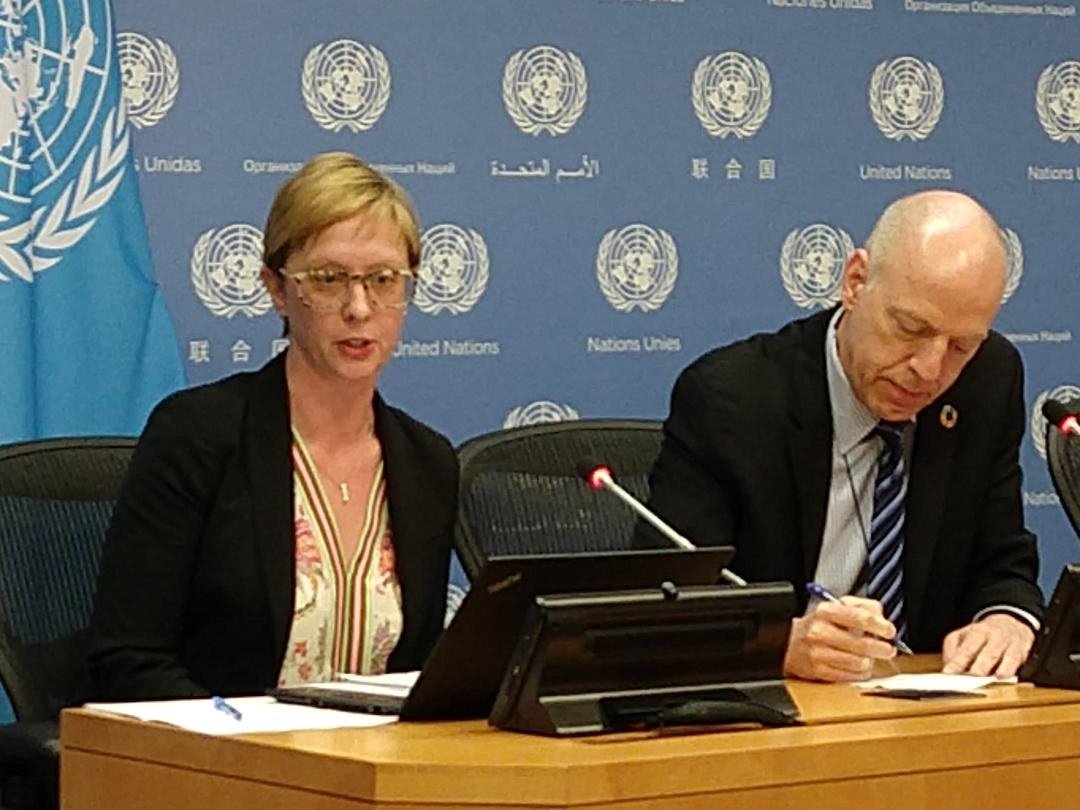Demographic Dividend: Population Shrinks In South India, North And East Balloons
NEW YORK, NY (IANS) – While the population ages and its growth shrinks in the southern states of India, labor migration from the northern and eastern states will make up for it, and the “demographic dividend” will continue there, according to the UN.
A paper from the UN’s Department of Economic and Social Affairs (UNDESA), “India Overtakes China as the World’s Most Populous Country“, released on April 25, noted the divergences between states.
Explaining the differences within India, the paper said: “Under India’s federal structure, state governments were able to set their own policy priorities, resulting in varied impacts across different parts of the country… In Kerala and Tamil Nadu, where state governments emphasized socio-economic development and women’s empowerment, fertility declined earlier and at a more rapid pace, falling below the replacement level two decades before the country.
“Those states that invested less in human capital, especially for girls and women, experienced slower reductions in fertility, despite controversial mass sterilization campaigns and other coercive measures in some locations.”
While the overall fertility rate for the country has fallen to 2, which is below the 2.1 replacement rate.
The replacement rate of fertility is the number of children a woman must have to keep the population stabilized and fewer than that would mean a gradual reduction in population, which is happening in China with a 1.2 fertility rate as India has overtaken it to become the most populous country.
They range from 1.4 for Tamil Nadu and West Bengal to 3 for Bihar among the large states, with Kerala at 1.5, according to the Indian Census Organization’s Sample Registration System report released last year.
But the UN report said that overall, in India, the demographic dividend of a relatively younger and bigger working-age population “is projected to continue increasing both in number and as a proportion of the total population through mid-century”.
The paper said that according to the UN’s latest projections, “India’s population is expected to reach its peak size around 2064 and then to decline gradually” after having passed 1.67 billion in 2050.
The period of population growth is “a critical period for India, but it doesn’t depend only on the demography; it depends on many other factors as well”, said John Wilmoth, Director of the Population Division, briefing reporters about the paper.
“A lot is made out of this demographic dividend, but it’s really only one piece of the puzzle in terms of what is what contributes to economic growth and what can help countries as they are developing,” he said.
This is the time when countries should focus “on educating their populations and enabling people to participate in the labor force”, he said, as they prepare for a slower population growth and a bigger older population.






Shyam
/
Muslim population is increasing rapidly throughout the world including India. Just for vote bank
April 26, 2023